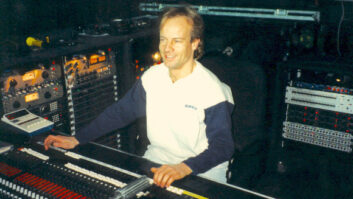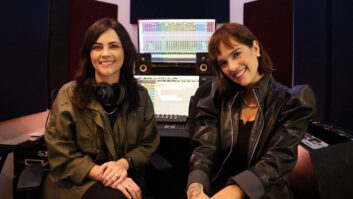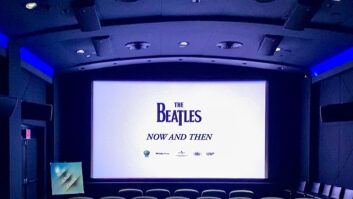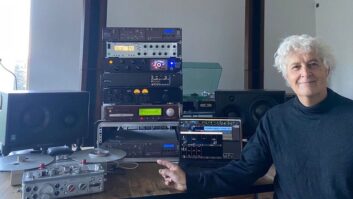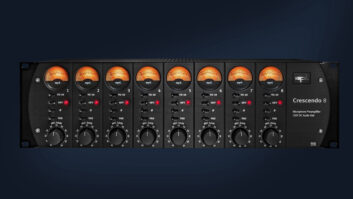The May 2004 Mix focused on “The New Means of Production.” To counterbalance all of the technology in that issue, the closing page featured a simple photo of Frank Sinatra standing in front of a Neumann U47 at Capitol, with a brief note about how all of the technology in the world doesn’t mean a thing if you don’t have a singer and a song. A number of readers sent letters agreeing with that sentiment, and it holds true today just as it did in Frank’s era. But, sometimes the singer can be helped by a little artistry on the part of the engineering/production team.
A great mic/preamp combo is a plus, but occasionally, the finest mic is totally wrong for a certain voice. As we get older (and not necessarily wiser), many of us become set in our ways, reaching for the same mics time after time. Often it’s the right choice, but veteran engineers can recall singers who didn’t work on a pristine C-12, only to sound great on an SM57. As another alternative, today’s great handheld mics sound fine in front of 50,000 cheering fans, so why not in a studio where the only rule is that there are no rules?
Unfortunately, recording is not an exact science. And unless you happen to be working with Aretha, Whitney or Celine, coaxing the optimal performance from a vocalist takes a rare combination of technique, patience and — sometimes — a bit of luck. More often than not, the solution lies in putting singers into an environment in which they feel comfortable. This may be as simple as dimming the studio and/or control room lights or lighting a few candles to set the mood and reduce that “fishbowl” feel that vocalists often get in the studio.
On the tech side, check those pop filters (external or mic grilles) to see if they need cleaning — before the session. Take time to get a rough monitor mix before your artist puts on the ‘phones and have a nice vocal reverb preset (and/or a room mic) available to add ambience if your vocalist tracks better with it — not all do. Some singers also like performing to the more “finished” sound of a compressed cue mix — another idea worth considering. If you’re planning to try several mics, then have them set up (and warmed up, in the case of tube mics) beforehand. They don’t have to be press-conference-crammed in front of the performer, but having them ready with their gains preset will speed the session should you need to audition several mics.
Speaking of auditions, one overlooked factor is headphones: A tight, sealed pair will cut down on track bleed, which is absolutely essential in some situations, but some vocalists prefer open-air (semi-sealed) types that often lend a more natural sound. You can’t sing if you can’t hear, so try giving your artist a choice.
A successful vocal producer is often equal parts psychologist and technologist. Getting a great vocal track combines many factors, and sometimes it’s the little touches that make a huge difference.

